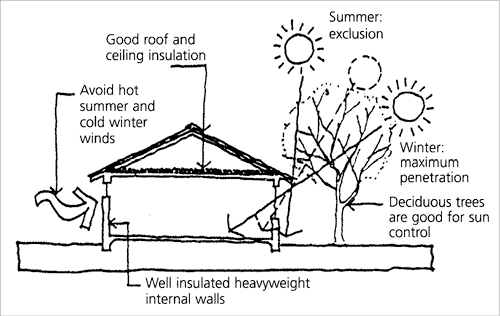10 Apr "Baby it's cold outside … " Winter proof your home with EDGE Architectural
Daylight savings has ended and it’s becoming more and more difficult to get out of bed in the morning. There’s no denying it, winter is approaching.
In the past week, Melbourne’s temperatures have snapped, within a couple of days we went from bright and sunny, to cold and dark. It won’t be long until we turn our heaters up to face those icy winter evenings. Apart from turning heating systems on, or making use of fireplaces, have you ever considered other ways to keep your house warm in winter?
On average Australian homes use 38 per cent of their total energy consumption on heating and cooling (Source: Origin Energy). This winter, make your home smarter and more efficient.
Double glazing and thermally broken windows
Double glazed and thermally broken window systems, such as MAX™ and U-MAX™ from EDGE Architectural, significantly reduce the transfer of temperature from outside to inside and inside to out. Up to 40 per cent of a home’s heat energy can be lost through glazed windows and doors. Window systems designed for thermal performance can reduce this. Double glazing and thermal breaks will reduce heating costs in winter by minimising the transfer of outside cold to inside. MAX™ and U-MAX™ will also assist in keeping warm air inside, meaning it will be easier to maintain warm interior temperatures. Keep your heating bills low and your temperature high with MAX™ double glazing and U-MAX™ thermally broken aluminium framing systems.
Passive solar heating
Passive solar heating is one of the smartest and most effective ways to ensure your home remains warm in winter, without spending a fortune on artificial heating. To achieve effective solar heating, you need to understand the sun’s movement, building orientation and thermal mass material properties. Most home owners should consult an architect or sustainable design consultant to ensure techniques are employed correctly.
“Passive solar heating uses free heating direct from the sun to dramatically reduce the estimated 40 per cent of energy consumed in the average Australian home for space heating and cooling. Passive solar heating is the least expensive way to heat your home. Put simply, design for passive solar heating aims to keep out summer sun and let in winter sun while ensuring the building’s overall thermal performance retains that heat in winter but excludes it and allows it to escape in summer. Passive heating works when trapped heat is absorbed and stored by materials with high thermal mass (usually masonry) inside a house. It is re-released at night when it is needed to offset heat losses to lower outdoor temperatures”.
(Source: Your Home)
There’s nothing worse than sitting down to dinner, or snuggling up for a movie and just as you get comfortable, you feel a cool draught across the back of your neck. Draughts from poorly sealed windows and doors can account for up to 25 per cent of heat loss (Source: Origin Energy). Make sure you have appropriate weather seals on your windows and doors to avoid cold draughts coming in, or your nice warm interior heat going out.
Cover up
When drawn during cold weather, most conventional curtains can reduce heat loss from a warm room by up to 10 per cent (Source: Energy.Gov). Make sure your windows have dressings that can be closed in winter to reduce heat loss and cool gain. You will be amazed how much warmer you feel inside your home when cold glass surfaces are covered.



